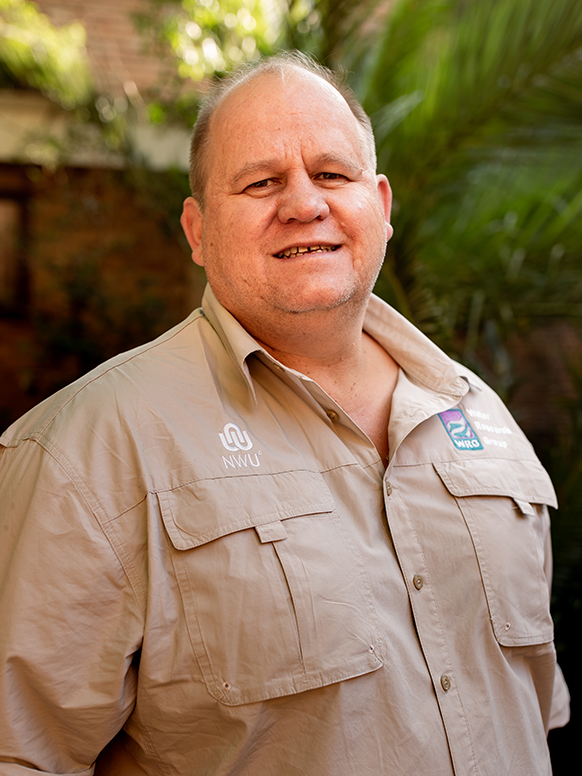Parasites. Just uttering the word may send shivers down the spine, conjuring up images of rapidly proliferating organisms devouring or destroying other species. A celebrated researcher from the North-West University (NWU) hopes to change those perceptions.
Credited with playing a crucial role in global conservation efforts to protect parasites, Prof Nico Smit is from the NWU’s Water Research Group in the Faculty of Natural and Agricultural Sciences. He aims to ensure that some of the parasites found on endangered species do not end up like their hosts – facing extinction.
“Not all parasites are detrimental to their hosts. Most play important roles in a well-functioning ecosystem and are essential in the food chain, as well as for the health of animals,” he says. However, this does not include parasites that cause adverse medical or veterinary effects or threaten the existence of endangered species, for example bilharzia or malaria.
Prof Smit’s resumé in parasitology is impressive, containing a host of scientific achievements and contributions in the field of zoology. He can boast that three species of parasites* (two isopods and a flatworm) are named after him, and that he has described over 80 new parasite species during his illustrious career.
Recently, he was elected as a member of the Species Survival Commission (SSC) of the International Union for Conservation of Nature (IUCN). As part of this commission and specifically of its Parasite Specialist Group, he plays an integral role in saving endangered parasites.
His work in the group’s working committee is to assess the reports from local and international researchers on animals and other species. This is to determine if they are endangered and in what category of the red list they should be placed.
How will parasites benefit from these assessments? “Parasites can be found on all living creatures, mostly in symbiotic relationships. If an animal is near extinction or endangered, it means that their host-specific parasites (those that exist only on that specific animal) are also endangered. If its host dies, it will die too.”
Endangered species are usually first in line for research funding. Prof Smit says the status of the host will determine if a parasite species also gets preference for research funding – boosting conservation efforts and research for that specific species.
More about the IUCN SSC
The IUCN SSC is a science-based network with members across the globe. Their main aim is to provide information on biodiversity conservation to the IUCN. This includes the inherent value of species, their role in ecosystem health and functioning, the provision of ecosystem services and their contribution to human livelihoods. This information is processed onto the IUCN red list of threatened species.
Prof Smit says the red list conservation status of a species depends on various criteria, including their numbers and where they are found, among other things. The species is assessed and then categorised as critically endangered, endangered or threatened, or placed in less serious categories such as near threatened.
A “Refresh-ing” IUCN project
Prof Smit says they have already secured funding from the National Research Foundation (NRF) for a major project to assess species for the IUCN. “We are currently busy with the ‘Refresh’ project, which also involves colleagues from other universities and is assessing all freshwater species, including snails, fish and parasites. The NWU teams’ contribution specifically focuses on snails and parasites.”
The project is the first ever to include parasites, he says. “We have already started publishing findings. The project started last year for a three-year period and will initially involve endangered fish species (and their parasites) in the Western Cape. It is another step towards raising awareness of the importance of parasites and the crucial roles they fulfil.”
*The first two species, Lobothorax nicosmiti from India, and a free-living isopod, Metacirolana nicosmiti, from Fiji, are isopods, which can also include small crustaceans. The third is a flatworm, Neofibricola smiti, from Africa.

Prof Nico Smit
